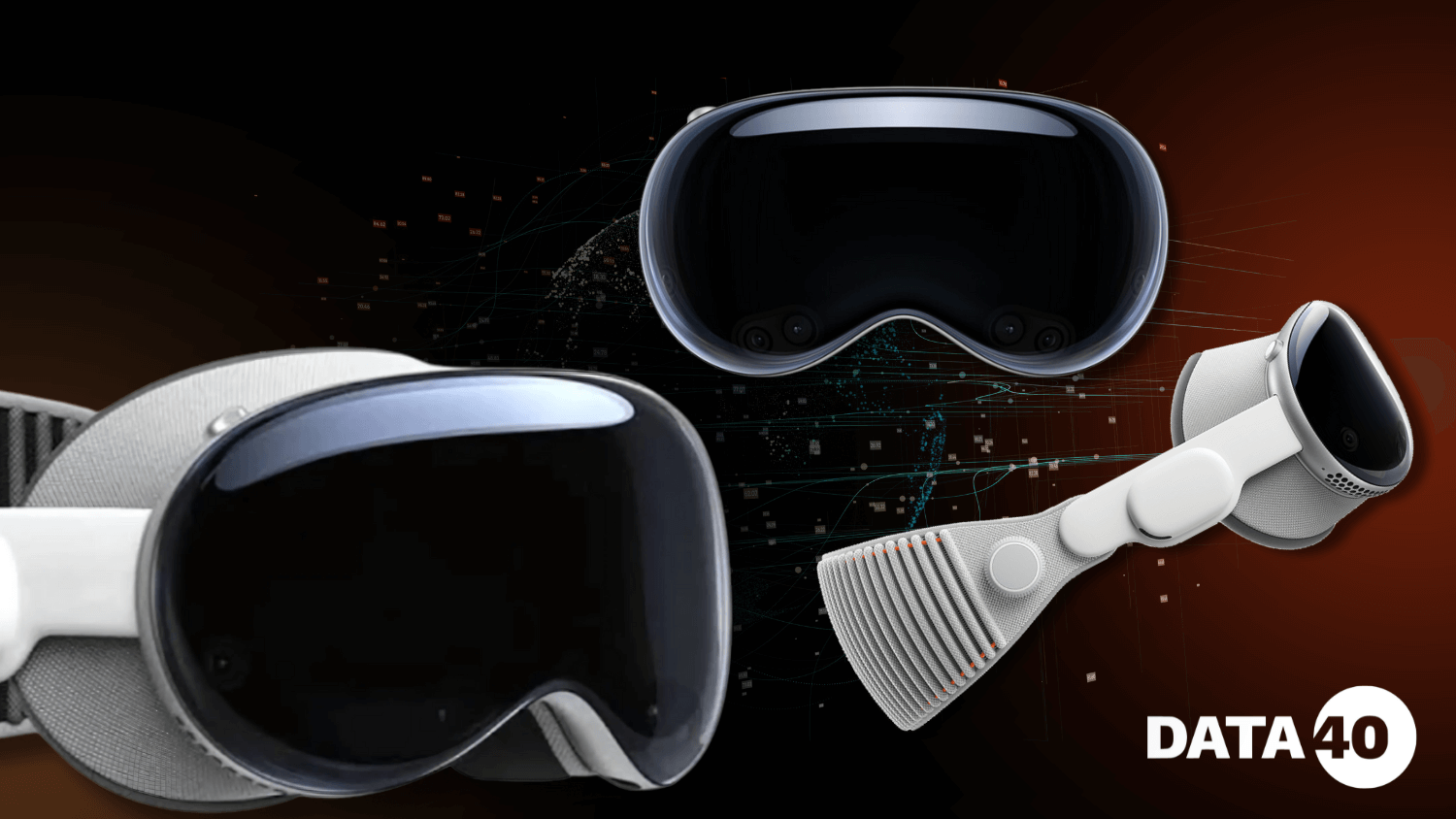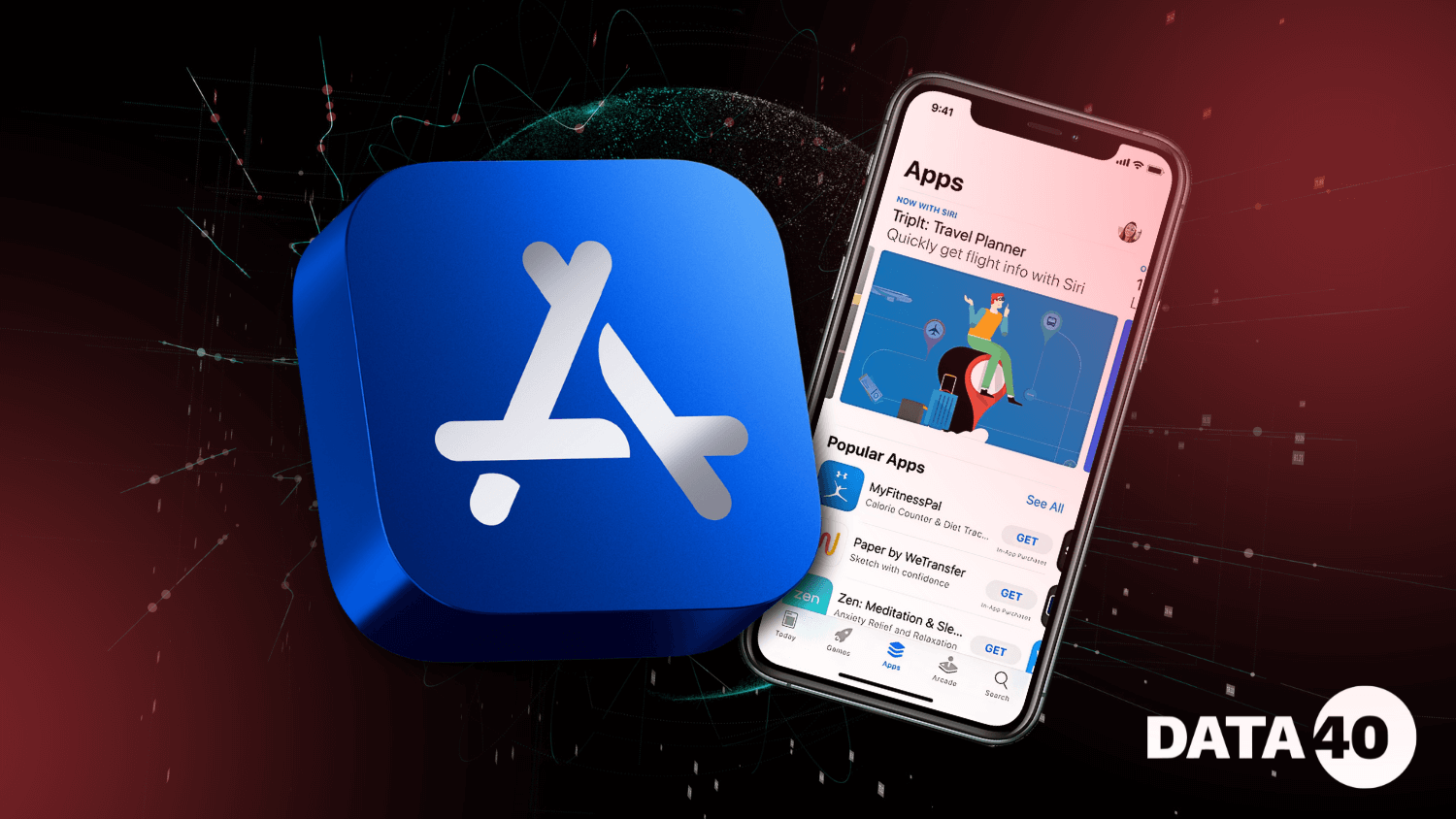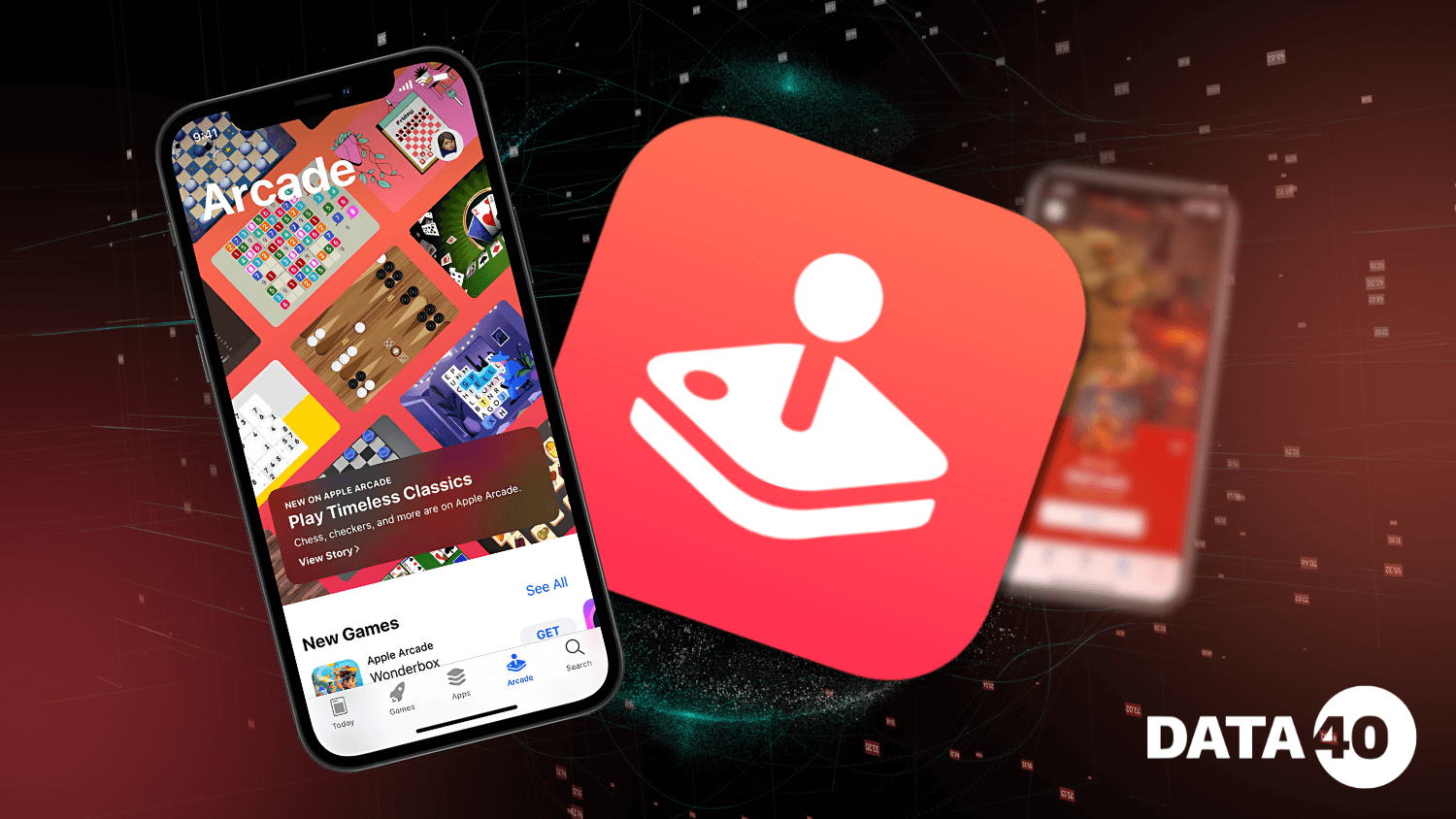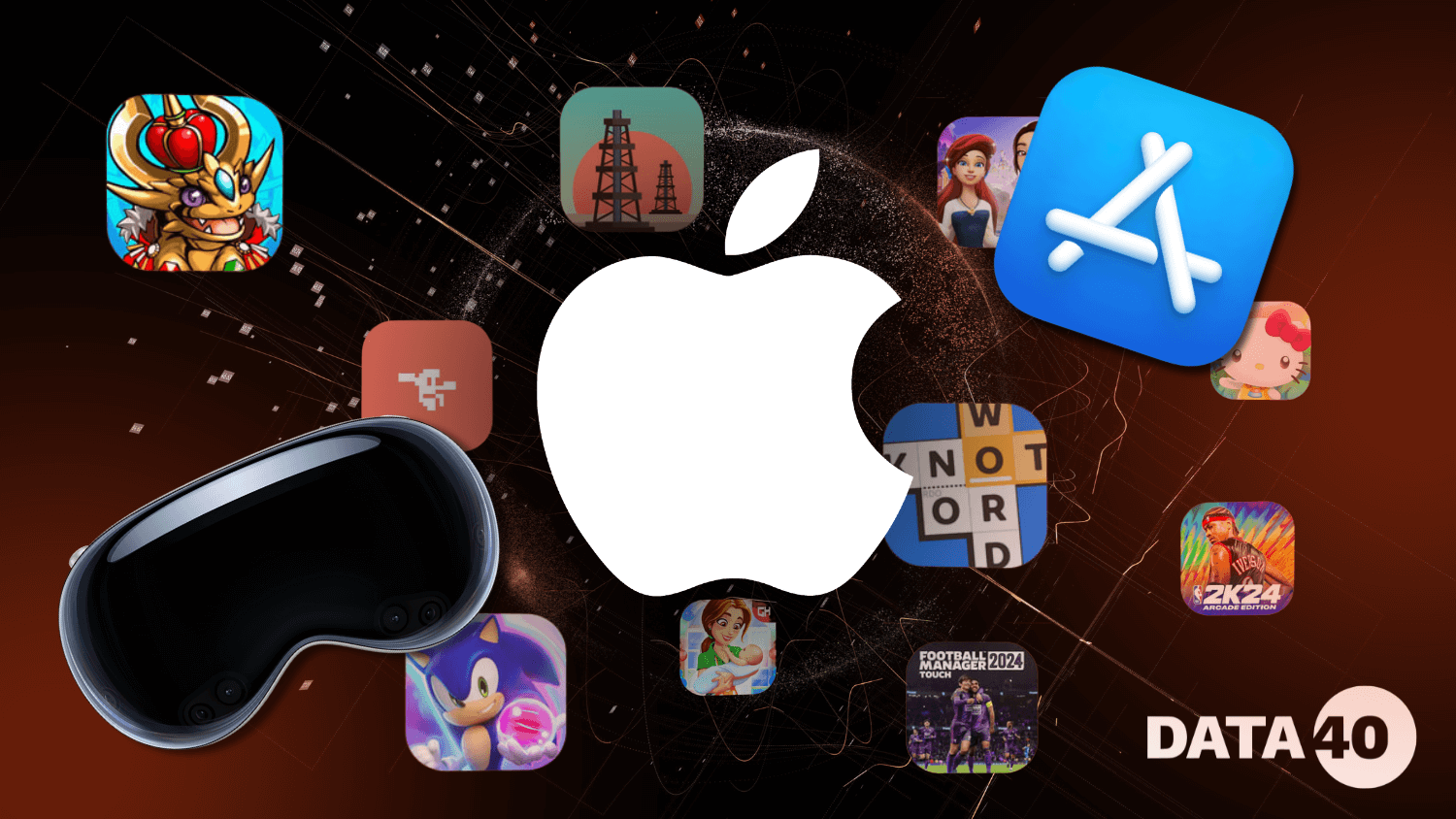
Apple Inc. is well-known for its innovations in electronics, software, and services. However, gaming was not a main focus for the company in the past. Over the last ten years, Apple has changed its approach and steadily expanded its presence in the gaming industry. The company has made progress with advanced hardware like the M-series chips, introduced services such as Apple Arcade, and improved its software tools. These efforts have helped Apple become an important player in gaming.
Apple’s gaming strategy uses its wide range of products—like iPhones, iPads, Macs, Apple TV, and the Vision Pro—to create a smooth gaming experience. By combining powerful hardware, easy-to-use software, and strong support for developers, Apple seeks to appeal to both casual and serious gamers. The company aims to reshape the gaming industry and extend its reach beyond traditional gaming platforms.
Historical Background and Evolution in Gaming
Apple started its journey in the gaming industry with the Apple Pippin, a bold but unsuccessful project. Introduced in 1996, the Pippin was Apple’s first gaming console. It was meant to be a multimedia device, offering gaming, internet browsing, and educational tools. However, its high price, small game library, and tough competition from other consoles made it unpopular. As a result, Apple stopped producing the Pippin shortly after its release. This failure led Apple to approach gaming hardware with caution for many years.
Although the Pippin failed, Apple renewed its efforts in gaming by improving the performance and capabilities of its main devices. With the release of M-series chips, especially the latest M4 chip, Apple made great progress in gaming performance. The iPad Pro with the M4 chip, for example, offers high-quality gaming experiences comparable to those on gaming PCs and consoles, both in graphics and processing power.
The shift towards utilizing custom silicon has also played a pivotal role in Apple’s strategy to attract gamers. The M-series chips, starting with the M1 and continuing through the M4, have redefined what Apple devices can offer in terms of gaming performance. Apple’s powerful hardware now challenges traditional Intel-based PCs, aiming to lure gamers into the Mac ecosystem with enhanced graphics capabilities and flawless performance.
Apple’s increasing focus on improving hardware, along with its wide range of devices, shows a major change in how the company approaches gaming. Today, Apple is recognized as a serious player in the gaming industry. It offers high-performance gaming experiences on many platforms, including iPhones, iPads, Macs, and Apple TV. This shift reflects Apple’s larger strategy to grow in the gaming market by creating a strong ecosystem that attracts both casual and dedicated gamers.
Gaming Hardware and Devices
Macs and M-series Chips
Apple has improved its position in the gaming industry by making significant upgrades to its hardware, especially with the M-series chips. The M4 chip, used in the latest iPad Pro and MacBook models, provides desktop-level performance in portable devices. These chips are strong enough to handle demanding games, including triple-A titles, with ease. For example, the M4-powered iPad Pro delivers excellent graphics and smooth gameplay, comparable to gaming PCs and consoles.

Apple’s push to attract gamers extends beyond performance—its M-series chips are designed for energy efficiency, making them ideal for extended gaming sessions without overheating or draining battery life excessively. This strategy positions Macs and iPads as viable alternatives for gamers traditionally reliant on Intel-based PCs.
Are Apple computers good for gaming?
Apple computers have not been the first choice for gaming compared to Windows PCs, but they have improved significantly in recent years. Below are their main strengths and weaknesses for gaming:
Strengths
- Powerful Hardware
- The M-series chips (M1, M2, and M4) have greatly improved gaming performance.
- Macs with M4 chips can run demanding games, including triple-A titles, and support advanced features like ray tracing, offering performance similar to some high-end gaming PCs.
- Seamless Ecosystem
- Users can play games across Apple devices like iPads and iPhones, thanks to services like Apple Arcade and cross-platform compatibility.
- macOS ensures smooth performance for games optimized for the system.
- Growing Game Library
- More developers are creating games for macOS. Platforms like Steam and Apple Arcade provide access to a wide range of games, including indie and some triple-A titles.
- Stable and Efficient Operating System
- macOS is designed for efficiency, which reduces overheating and extends battery life, especially on laptops during gaming.
Limitations
- Smaller Game Library
- Although macOS supports many games, the number is much smaller compared to Windows. Many popular titles are only available on Windows.
- Performance for Hardcore Gaming
- While M-series chips are powerful, Macs are not built primarily for gaming. High-end gaming PCs with advanced GPUs like Nvidia’s RTX series still deliver better performance for the most demanding games.
- Limited Upgradability
- Macs cannot be easily upgraded. Unlike many Windows PCs, you can’t replace GPUs or add components to improve performance.
- High Cost
- Apple computers are more expensive than gaming PCs with similar capabilities, making them less suitable for budget-conscious gamers.
- Poor Optimization for Some Games
- Some games, especially older or less popular ones, don’t run well on macOS because developers often focus on Windows.
Apple TV and Game Mode
The Apple TV has evolved from a streaming device to a potential gaming hub. Leveraging Apple’s ecosystem, users can play games from the App Store or stream them using third-party services. Discussions on platforms like Reddit highlight the device’s growing appeal for casual gamers, suggesting it could bridge the gap between console and mobile gaming.
Adding to this, Apple has introduced Game Mode across its devices, including iPhones, iPads, and MacBooks. This feature optimizes system resources for gaming, minimizing background tasks, reducing latency, and improving controller responsiveness. As reported by ZDNet, this innovation could transform Apple’s devices into more gaming-centric platforms, competing directly with gaming consoles and PCs.
Controllers and Accessories
Apple works with accessory makers to improve mobile gaming. Devices like the Backbone One controller and the CRKD NEO S turn iPhones into portable gaming consoles. The Backbone One is popular for its comfortable design, easy connection with iOS, and features like USB-C support for the iPhone 15.
Similarly, the NEO S controller, available exclusively through Apple Stores, offers a sleek design and advanced features that cater to both casual and serious gamers. These accessories highlight Apple’s commitment to creating a complete gaming ecosystem, where hardware and software work seamlessly to enhance the user experience.
Apple Vision Pro

Apple’s foray into AR/VR gaming is exemplified by the Vision Pro headset. This device represents a significant step toward immersive gaming, integrating cutting-edge technologies like visionOS and ultra-high-resolution displays. Gamers can experience titles that merge the physical and digital worlds, with augmented reality adding layers of interactivity and immersion.
The Vision Pro also opens new opportunities for indie developers, who can create innovative gaming experiences tailored to the platform’s unique capabilities. However, challenges such as high production costs and uncertain demand remain significant hurdles.
Software and Development Ecosystem
App Store and Mac App Store
Apple’s App Store and Mac App Store are integral to its gaming ecosystem, serving as robust marketplaces for developers to distribute their games. The App Store, launched in 2008, revolutionized mobile gaming by providing a centralized platform where developers could reach millions of users globally. Similarly, the Mac App Store, introduced in 2011, brought the same convenience to macOS users, offering a diverse range of games optimized for Apple’s devices.
Both marketplaces benefit from Apple’s stringent quality standards, ensuring that users have access to polished and secure games. Developers, in turn, benefit from Apple’s tools and services, such as in-app purchase support, analytics, and marketing options, enabling them to monetize and promote their games effectively.
Development Tools
Apple’s commitment to supporting developers is evident in its investment in powerful tools like Xcode, Swift, and SwiftUI. These tools provide a seamless development environment, enabling developers to build, test, and deploy games across all Apple platforms.
- Xcode: Apple’s integrated development environment (IDE) simplifies game creation with features like live previews, performance analysis, and easy integration of frameworks like Metal, Apple’s graphics API for high-performance gaming.
- Swift: As a modern, user-friendly programming language, Swift offers developers a fast and reliable way to write games, reducing development time while ensuring robust performance.
- SwiftUI: This declarative UI framework enables developers to design visually stunning and responsive game interfaces that work seamlessly across Apple devices.
Apple also supports developers with Xcode Cloud, a continuous integration and delivery service that streamlines the development process, allowing teams to focus on creating innovative games while automating testing and distribution.

visionOS
Apple introduced visionOS to bring new possibilities for immersive gaming. Designed for the Apple Vision Pro, visionOS is the first operating system made for spatial computing. It combines augmented reality (AR) and virtual reality (VR) to create gaming experiences that go beyond traditional screens.
Developers can use visionOS to create games that integrate with the physical environment, offering spatial interactivity and lifelike visuals. For instance, games designed for Vision Pro can adapt to a user’s surroundings, projecting gameplay onto real-world surfaces or creating fully immersive virtual worlds. This technology not only enhances the gaming experience but also challenges developers to rethink how games are conceptualized and played.
The Vision Pro’s hardware, coupled with visionOS, has the potential to redefine gaming by making AR/VR more accessible and integrated into everyday life. While still in its early stages, this innovation underscores Apple’s focus on pushing the boundaries of what’s possible in gaming.
Subscription Service: Apple Arcade
Apple Arcade is a gaming subscription service that Apple introduced in 2019. It offers a collection of exclusive, high-quality games for a single monthly fee. The service provides games for both casual and serious players, covering a range of genres like puzzles and role-playing games. Users can access Apple Arcade on various Apple devices, including iPhones, iPads, Macs, and Apple TV, making it easy to play games across platforms. The subscription includes more than 200 games and provides an ad-free experience without in-app purchases, making it suitable for families.
Challenges Facing Apple Arcade
Apple Arcade started strong but has struggled to keep its momentum. Developers have raised concerns about its structure, pointing to challenges like difficult development processes, unclear communication, and low payouts. Some games have even been canceled during development, leaving developers disappointed.
User interest in Apple Arcade also appears to be declining. Many criticize the limited number of new games and question if the service can compete with bigger gaming platforms. Developers have shared their frustration, saying the work is demanding and the rewards are not enough to justify the effort.

The Future of Apple Arcade
While Apple Arcade continues to offer a unique gaming experience, its future depends on Apple’s ability to address these challenges. By improving its relationships with developers and introducing fresh, engaging content, Apple has the opportunity to revitalize the service and maintain its relevance in the competitive gaming market.
Marketing and User Acquisition
Apple’s Marketing Strategies
Apple employs a well-crafted marketing strategy to promote its games, gaming devices, and services. The company focuses on building a strong brand identity centered on quality, innovation, and user experience. This approach highlights the seamless integration of hardware and software within Apple’s ecosystem, making its devices attractive to both casual users and gaming enthusiasts.
Apple Search Ads help gaming apps gain more visibility in the App Store. These ads allow developers to focus on specific groups of users, making it easier to connect with the right audience. Developers can customize their ads based on factors like age and gender to attract more downloads and reach new users. For game developers, Apple Search Ads are a valuable tool to make their apps noticeable in the crowded App Store.
Impact of App Store Policy Changes
Recent changes to Apple’s App Store policies have had a significant effect on the gaming industry. These changes include revised guidelines for in-app purchases, subscription models, and app approvals. For instance, Apple has introduced more transparency in app transactions, requiring clear disclosures about pricing and subscription terms. While these updates aim to enhance user trust, they also create new challenges for developers, particularly smaller studios, who must adapt their strategies to comply with Apple’s policies.
Additionally, these policies have sparked debates about revenue-sharing models and Apple’s role in shaping the gaming market. By maintaining strict control over its ecosystem, Apple ensures a consistent user experience but also limits developers’ flexibility, which can impact innovation in the gaming industry.
Apple’s Advantage in User Acquisition
Apple’s marketing strategies and policy updates underscore its focus on maintaining a high-quality gaming ecosystem. By investing in tools like Apple Search Ads and refining App Store policies, Apple continues to attract both developers and users. These efforts help sustain its position as a key platform for mobile gaming while ensuring that the ecosystem remains competitive and user-focused.
Revenue and Market Impact
Financial Impact of Gaming on Apple’s Ecosystem
Gaming apps are an important part of Apple’s finances, contributing a large share of App Store revenue. In 2022, gaming apps made over $86 billion, making up about 62% of the global app market’s $431 billion revenue. This shows how important gaming is to Apple’s digital business.
However, some gaming efforts have not met expectations. Popular game ports like Assassin’s Creed, Resident Evil, and Death Stranding have not performed well on Apple platforms, showing that Apple faces challenges in attracting serious gamers to these titles.

Attracting Gamers to the Apple Ecosystem
Apple has focused on attracting gamers from traditional gaming PCs by improving the performance of its hardware. The M-series chips, especially the M4, have significantly enhanced gaming on Macs. These chips deliver advanced graphics and features like ray tracing, offering gaming experiences that match high-end PCs.
By combining strong hardware with its ecosystem of devices, Apple aims to provide a seamless gaming experience across all its products. This strategy appeals to both casual and serious gamers and highlights Apple’s commitment to expanding in the gaming industry and competing with other major platforms.
Future of Apple in Gaming
Apple’s trajectory in the gaming industry indicates a commitment to innovation and expansion. The company is reportedly developing new gaming hardware, including the M4 and M4 Pro Mac Minis, which are expected to enhance gaming performance and appeal to a broader audience.
Additionally, Apple has secured patents for various gaming devices, such as controllers designed for Apple TV and projection-based interfaces, suggesting a focus on immersive gaming experiences.
Beyond hardware, Apple is exploring advancements in software and services. The development of mixed-reality headsets and augmented reality glasses indicates a move towards integrating gaming with emerging technologies, potentially revolutionizing user interaction.
However, Apple’s journey in the gaming sector is not without challenges. Some developers have expressed concerns about the company’s commitment to gaming, citing difficulties in collaboration and dissatisfaction with services like Apple Arcade.
Addressing these issues is crucial for Apple to strengthen relationships with developers and enhance its gaming ecosystem.
In summary, Apple’s future in gaming appears promising, with ongoing developments in hardware and software aimed at delivering innovative experiences. Overcoming existing challenges and fostering strong partnerships with developers will be essential for Apple to solidify its position as a major player in the gaming industry.
Sources:
- https://www.howtogeek.com/that-one-time-apple-made-a-console/
- https://www.eurogamer.net/digitalfoundry-2024-apples-m4-powered-ipad-pro-delivers-the-triple-a-gaming-experience-iphone-15-pro-struggles-with
- https://www.thenationalnews.com/future/technology/2024/04/12/how-apple-is-using-its-latest-m-chips-to-lure-gamers-away-from-intel-pcs-to-macs/
- https://www.zdnet.com/article/apple-may-be-cooking-something-big-with-its-new-game-mode-here-are-3-things-we-know/
- https://www.techradar.com/gaming/the-new-crkd-neo-s-frost-edition-looks-great-but-its-an-apple-store-exclusive
- https://www.cnet.com/tech/gaming/backbone-one-controller-update-will-support-iphone-15-usb-c/
- https://www.digitaltrends.com/gaming/gears-and-goo-hands-on-apple-vision-pro/
- https://618media.com/en/blog/the-future-of-gaming-with-apple-vision-pro/#challenges-and-opportunities-for-indie-developers
- https://en.wikipedia.org/wiki/App_Store_(Apple)
- https://en.wikipedia.org/wiki/Mac_App_Store
- https://developer.apple.com/app-store/
- https://developer.apple.com/xcode/
- https://developer.apple.com/swift/
- https://developer.apple.com/xcode/swiftui/
- https://en.wikipedia.org/wiki/VisionOS
- https://www.apple.com/uk/visionos/visionos-2/
- https://en.wikipedia.org/wiki/Apple_Arcade
- https://www.apple.com/by/apple-arcade/
- https://apple.fandom.com/wiki/List_of_Apple_Arcade_games
- https://www.eurogamer.net/developers-concerned-about-apple-arcade-future-report
- https://mobilegamer.biz/inside-apple-arcade-axed-games-declining-payouts-disillusioned-studios-and-an-uncertain-future/
- https://kotaku.com/apple-arcade-abusive-horrible-mobilegamer-report-devs-1851610313
- https://businessmodelanalyst.com/apple-marketing-strategy/#:~:text=Apple’s%20marketing%20strategy%20revolves%20around%20building%20a%20solid%20brand%20that,design%2C%20quality%2C%20and%20innovation.
- https://www.gamemarketinggenie.com/blog/game-devs-guide-apple-search-ads
- https://splitmetrics.com/glossary/understanding-apple-search-ads-targeting/#:~:text=Apple%20Search%20Ads%20Advanced%20offers,Demographics%20(age%20and%20gender)
- https://medium.com/ipg-media-lab/what-apples-recent-app-store-policy-changes-mean-for-the-gaming-industry-230f88e50e76
- https://www.patentlyapple.com/2024/07/apple-wins-a-gaming-device-patent-that-does-a-deep-dive-into-various-forms-of-uis-like-one-for-apple-tv-one-that-is-projec.html?utm_source=chatgpt.com
- https://www.inverse.com/tech/mac-gaming-apple-silicon-interview?utm_source=chatgpt.com
- https://appleinsider.com/articles/23/12/28/apple-is-pushing-hard-to-make-the-mac-relevant-in-gaming?utm_source=chatgpt.com
Apple has not acquired any gaming companies. The company focuses on creating high-quality experiences in its existing ecosystems. For example, it took years after launching the iTunes Store for Apple to begin producing its own films.
Gaming performance on Mac has improved significantly in recent years. While more testing is needed to confirm the full extent of these advancements, available data shows noticeable progress.
PCs generally provide better gaming experiences compared to Macs. They deliver higher performance, allow for extensive hardware upgrades, and offer a wider range of components and peripherals to suit different budgets.







